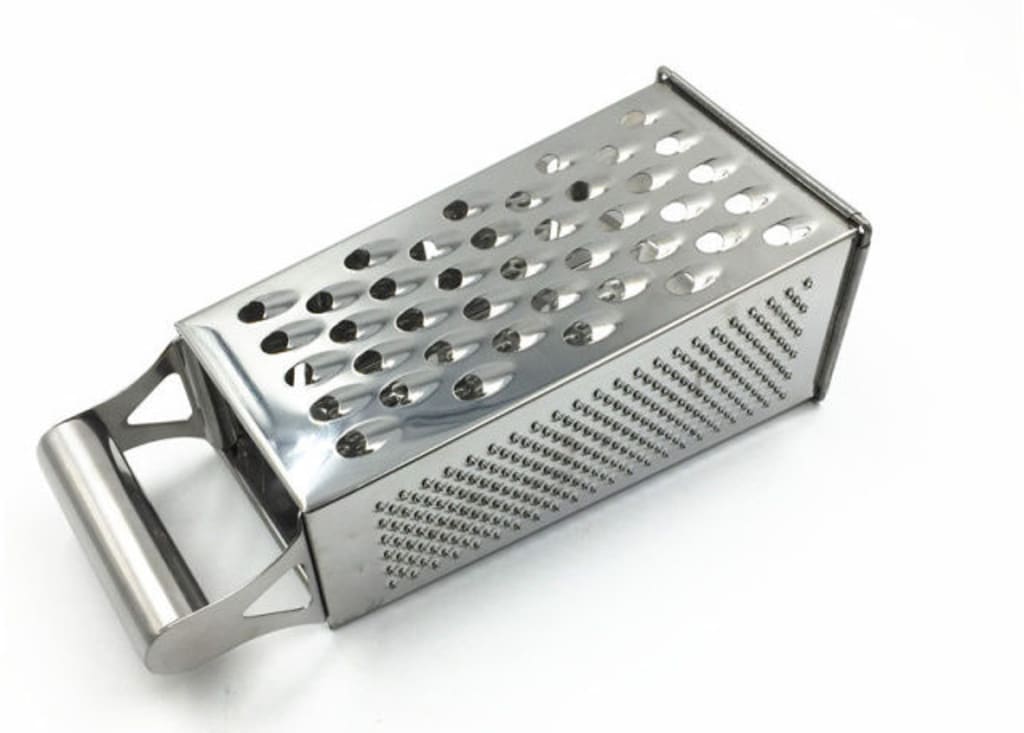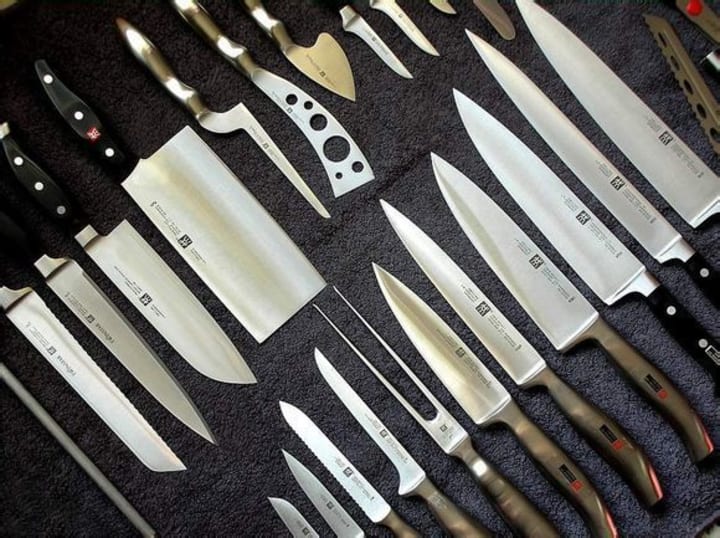Cooking class
Fundamentals of cooking, selection and preparation of basic tools

Mencius said, "a man of noble ambition is not a paocher." At present, "a paocher" and "good paocher" seem to be one of the basic skills of a man of noble ambition.
Cooking is a practice that involves an understanding of tools, ingredients, seasonings, heat, time, and so on.
It is not necessary to really become a chef deliberately, for the people you love, for yourself, cooking a delicate and wonderful food, there is the taste of happiness.
A chopping board is the cornerstone of a kitchen, but choosing the right one can be difficult. Chopping board to withstand cutting, chopping, patting, not cracking deformation, not easy to hide dirt, breeding bacteria. With the rapid pace of urban life, the maintenance of cutting board can not be too much trouble. From the material of cutting board, common wood (including bamboo), glass, PE, synthetic materials, each material is divided into many categories, their use and precautions are not the same. Good cutting board does not damage the blade, there is a good sense of cutting and bite. we recommend a 2 serving resin cutting board that is 25 x 37 cm, light and easy to handle.
Kitchen knife
A knife used for cutting. If the knife is not good, the cut is not straight, then the fresh can not be out, the taste can not enter, the gas can not be enough. Therefore the Master said, "If you cut straight, you will not eat." Kitchen knives play an important role in the cooking process.
The choice of kitchen knife is much more complicated than chopping board. At present, there are three major kitchen knives: 1) Chinese kitchen knife; 2) Western-style kitchen knives; 3) Japanese kitchen knives. In addition to the traditional stainless steel, there are now ceramic knives. Different kitchen knives are used in different ways. For example, Chinese knives push forward when cutting, while Western knives pull back. Different types of knives exert different forces. Different ingredients can only be handled with a corresponding kitchen knife.
Sande dao, a versatile kitchen knife, combines the nimbleness and convenience of the three broadswords, and can be used to cut meat, vegetables, fruits and so on. The blade thickness is moderate, the length is 18 ~ 20 cm, it is made of stainless steel, and it is very suitable for beginners.
Pan
The pan was once even better at everyday cooking than the wok, frying, stir-frying, steaming and roasting. For starters, a pan with a diameter of 24 ~ 26 cm is more than enough for two people. Invest in a small pan 16 to 20 cm in diameter that will do most of the cooking. The heat-resistant, transparent glass lid allows you to see inside the pan to control the progress of cooking.
Choose a thick bottom to ensure even heat. A higher top reduces oil spatter, but adds weight. If the induction cooker is used at ordinary times, pay attention to see whether it is applicable. A coated pan is a great way to avoid sticking to the pan. Steel balls can damage the pan when cleaned. Use a sponge or cloth. Use a wooden or resin spatula with a pan.
Soup pot
Soup pot can not only cook soup, there are a variety of functions, is one of the irreplaceable kitchen utensils. For starters in the kitchen, both types of soup POTS are good choices, preferably both. Single bing soup pot,diameter 16 ~ 18 cm. Double bean soup pot, diameter 20 ~ 22 cm. Priority to choose a certain texture and thickness of the stainless steel pot body, after all, the pot heating time is not short, safe and secure is the first. You can choose a Pyrex lid to keep the water in check, or you can choose a stainless steel lid. Either way, make sure it fits exactly.
round bowl
The round basin is a kind of panacea for cooking, mixing sauces or cooking ingredients. Beginners are advised to prepare at least three sizes of large, medium and small, with diameters of 26 cm, 22 cm and 16 cm. More POTS will have more space for operation. Stainless steel plate is strongly recommended, not careful fall can be intact.
scissors
Scissors are a great cooking aid because they are easier to use than knives when handling specific ingredients or shapes. Choose scissors with sharp edges and flexible fingers that are easy to grasp.
Peeler
Peelers can easily remove the skin of fruits and vegetables. Beginners are recommended to use blade level, non-skid type. When cleaning the scraper, be careful not to touch the blade with your hand.
Extra handy gadgets
The fence is a highly functional and irreplaceable cooking tool, great for sifting flour, water and frying. Generally there are two types of fishing hedge: prem and non-prem, but the function is not quite the same. The hedge with the diameter of 16 ~ 18 cm, small pores and long handles can basically meet the needs of daily cooking.
Long chopsticks are very convenient for frying food, and heat transfer is slow, which is a good way to protect beginners from being burned by oil droplets during cooking. In addition, long chopsticks can also make sauces and serve dishes. Beginners are advised to choose high temperature resistant, easy to clean, not moldy wood chopsticks.
The whisk is a practical cooking tool for mixing salads, batter, whipped cream, etc., in addition to the classic whisk. Beginners are advised to choose about 10 inches, stainless steel, comfortable handle non-slip egg beater. When whisking eggs, butter or whipped cream, make sure you beat them evenly and neatly in one direction.
The square basin has a larger contact area than the round basin and is used for curing and wrapping. As with round POTS, one in each of three sizes is sufficient for most cooking needs. In general, a 24 x 18 cm square basin is medium size.
Silk brush, cooking artifact, can wipe a variety of vegetables or slices, can also be used for part of the western pastry production. There are many types of wiper, beginners can consider choosing multi-function type, single shape wiper will have limitations. Because of the sharp edge of the knife, no matter when using or cleaning, do not directly touch the knife surface with your hands.

About the Creator
Enjoyed the story? Support the Creator.
Subscribe for free to receive all their stories in your feed. You could also pledge your support or give them a one-off tip, letting them know you appreciate their work.





Comments
There are no comments for this story
Be the first to respond and start the conversation.